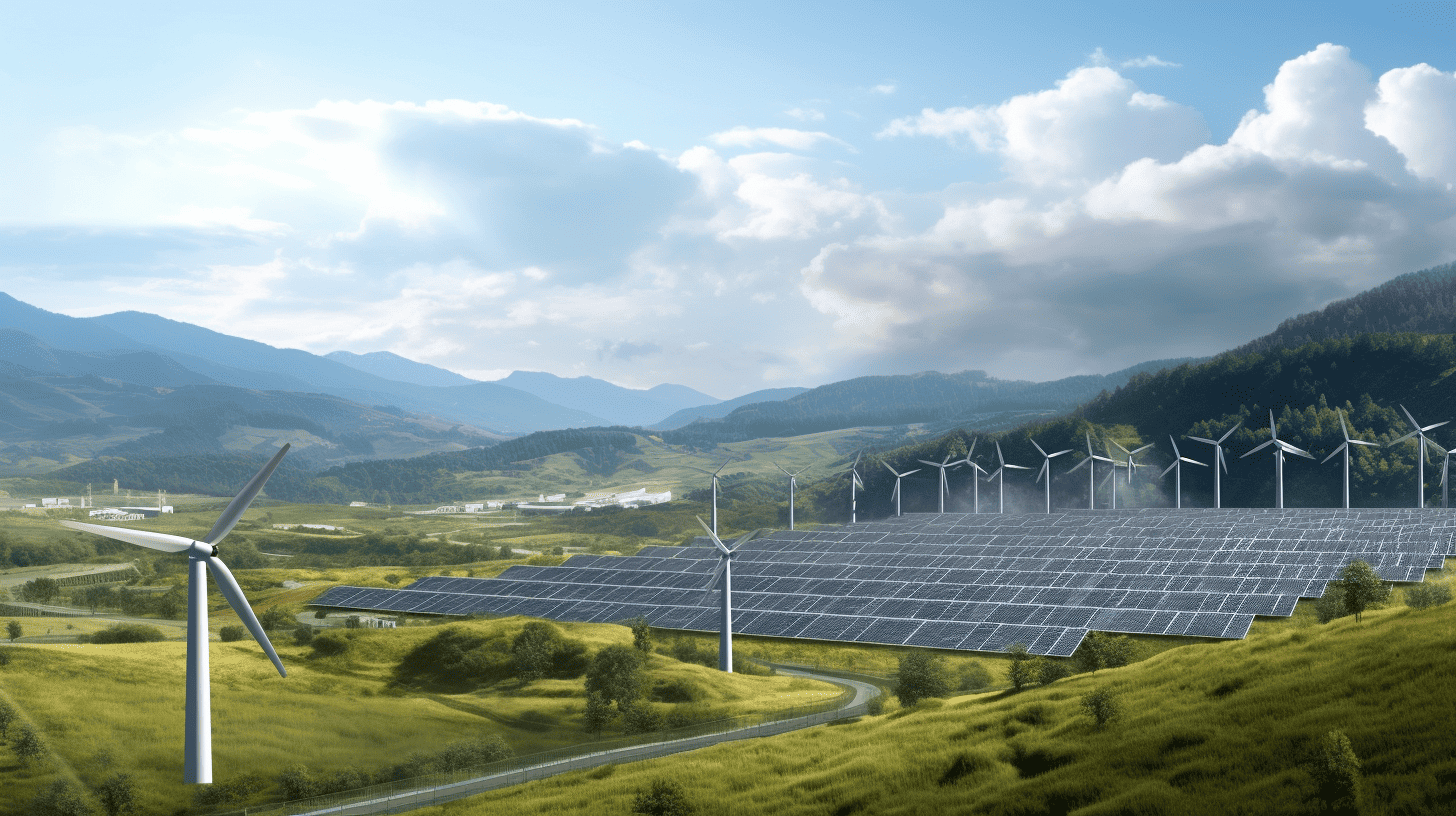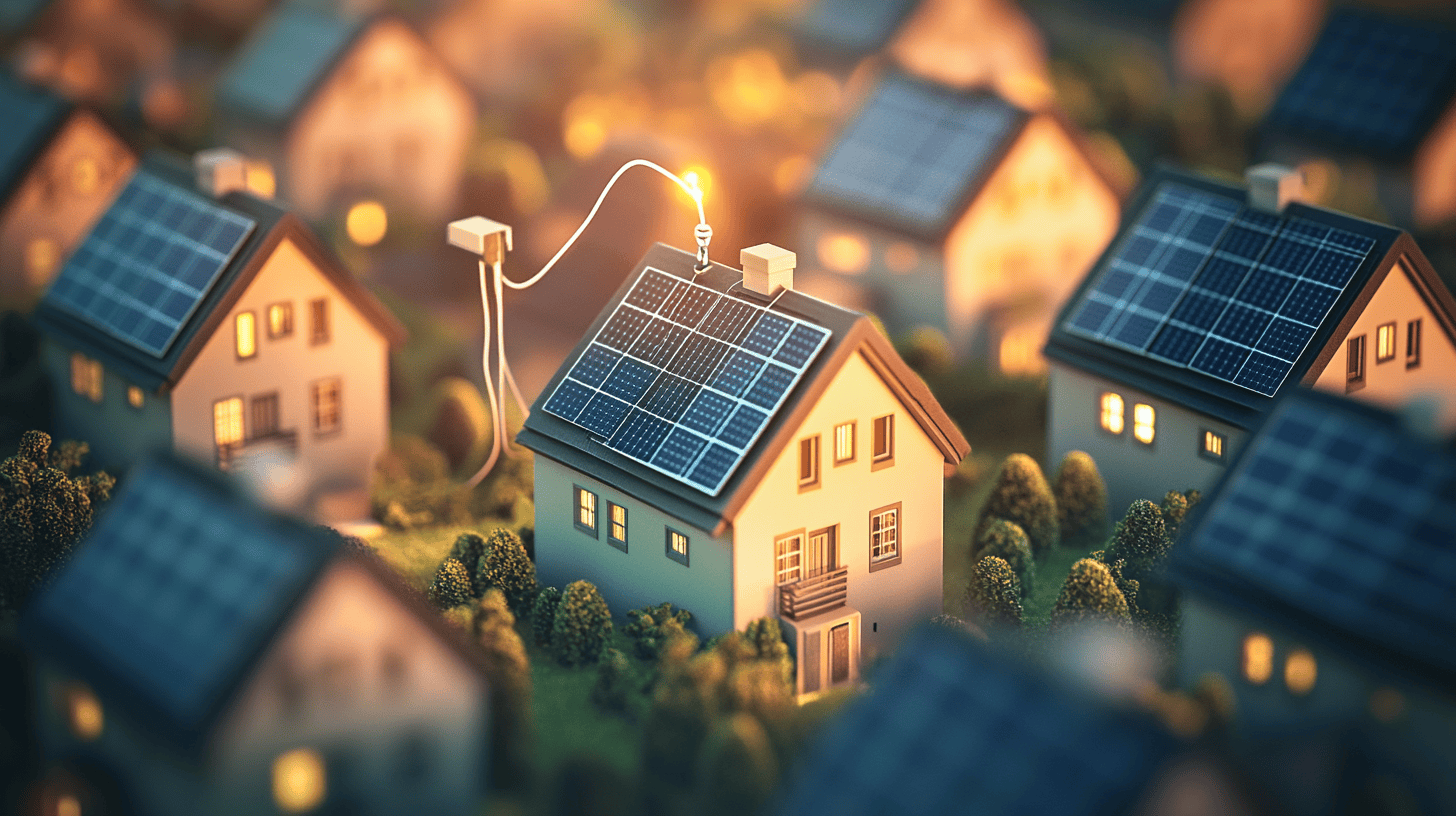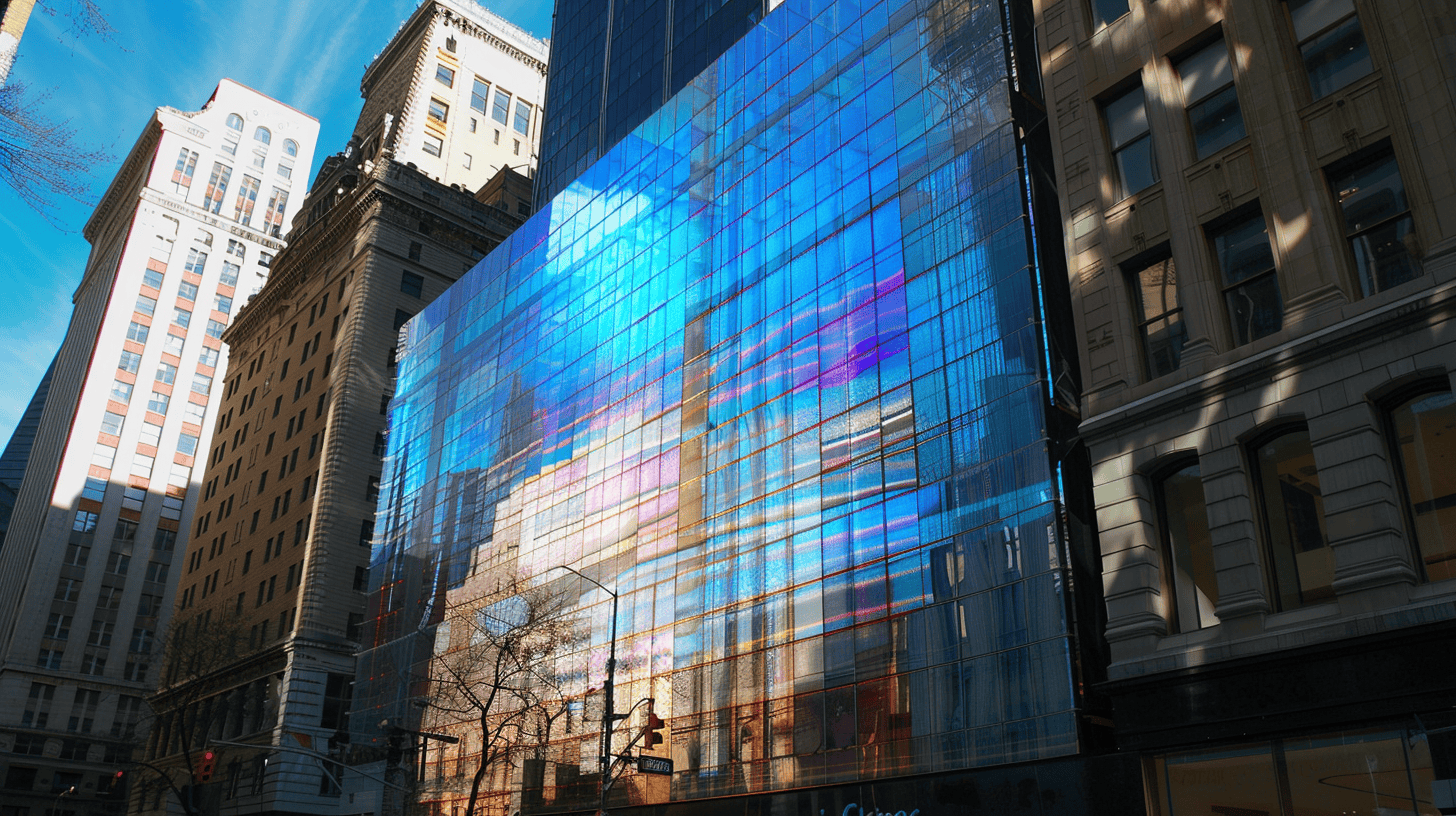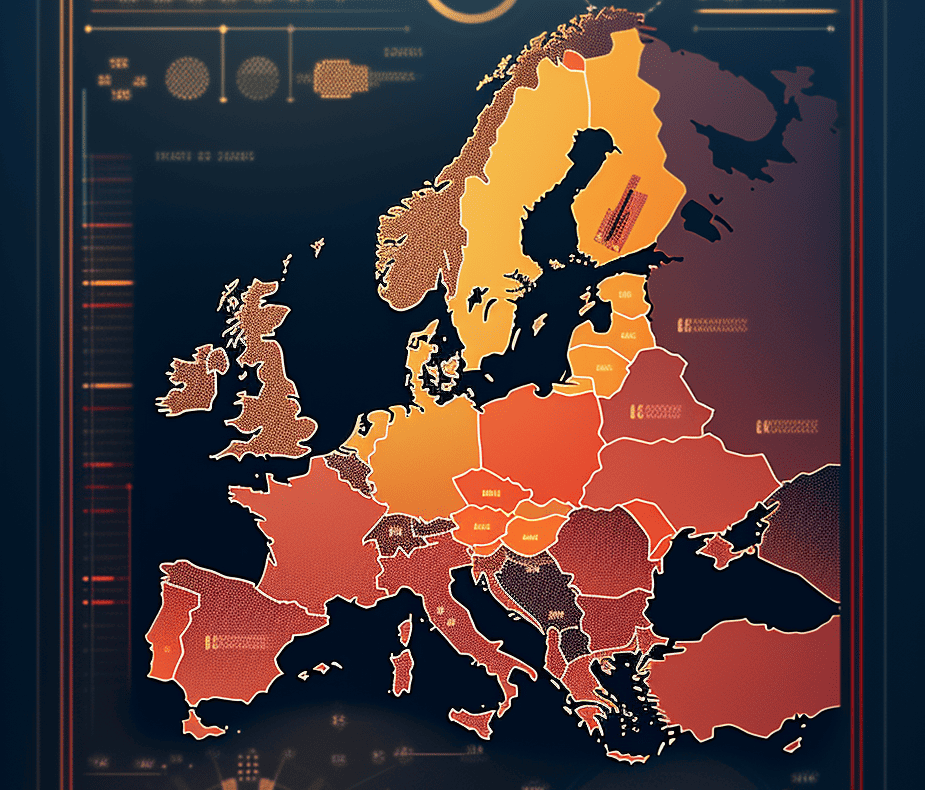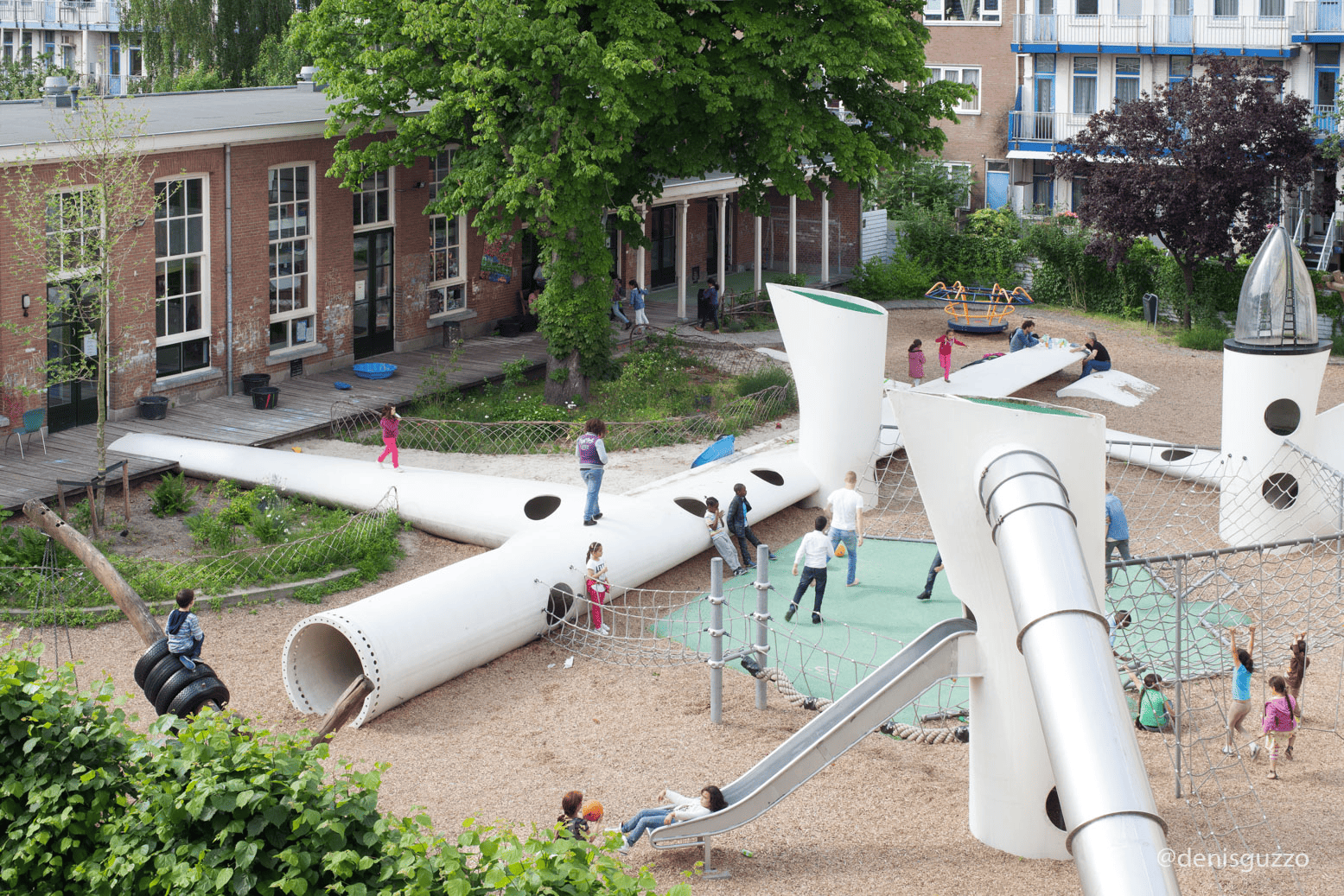
Wind power will help us to reduce our dependence on fossil fuels, no question about that. As we install more wind turbines, the first generation of them is now being dismantled. What should we do with this huge amount of waste? Are there any better options than them ending in landfills?
- More and more wind turbines will be decommissioned in the years to come. What can we do with them?
- Their stiffness can come in handy as a support for solar panels, urban furniture, or stylish bike sheds.
Well, calling it waste isn’t appropriate. First, the towers that host the turbines are mostly made with iron – a material that can be recycled tens of times. Wind blades are built to withstand extreme weather conditions and stay strong for decades. Although they must be dismantled after 20-25 years, the blades are still strong and resistant. Why not use them for something else? Here are a few examples of how to utilize wind blades again.
Solar energy production
No, we didn’t get confused. Scrapped wind turbines can be used for producing other green energy. That’s what Turn2Sun is proving. The Swiss company launched Blade2Sun, a solution that reuses rotor blades as a support for installing bifacial solar panels – solar cells that harness both direct sunlight and reflected light.
Turn2Sun conducted a pilot, installing one of these structures in the Swiss canton of Grisons at 2500 meters of altitude, proving the feasibility of this kind of installation. The blades can withstand extreme conditions despite harnessing wind energy for decades. Furthermore, wind blades are usually white, which makes them a perfect match with solar panels, especially bifacial ones. White color is the one that reflects the most light, hence making it an ideal choice to install solar cells on old wind blades, upcycling them. Turn2Sun also envisions using its technology in other applications, such as in highways.
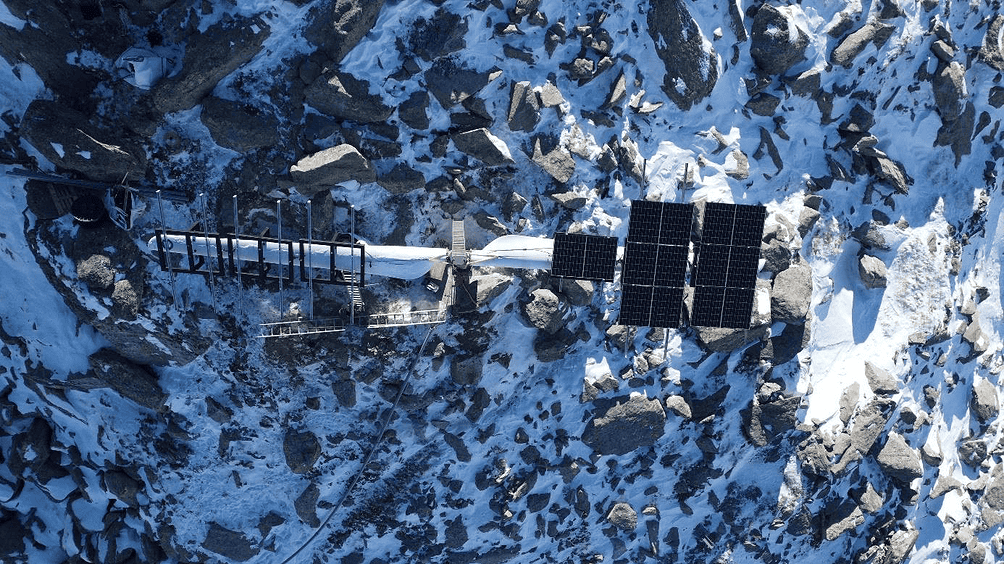
SUP boards
Exploring a river or bright sea waters using a stand-up paddling (SUP) board became popular in the past few years. However, these boards are nothing but sustainable. Petroleum-derived materials such as epoxy resin, polyurethane, and expanded polystyrene are blended with fiberglass or carbon fiber to make them.
A team of the German Fraunhofer Insitute, instead, is using recycled balsa wood for the core of their paddle boards. Guess where lots of balsa wood can be found? In wind turbines, especially the first-generation ones. More and more of them are being decommissioned, so thousands of tons of this waste are available.
The paddle-making process can start as balsa wood is separated from the other rotor blade materials. German researchers patented technology for a lightweight foam comparable to conventional SUP boards. These boards are just the first of the use cases that this material can be used. Thermal insulation of building façades might be the next application.

Bike sheds
Siemens Gamesa is one of the world-leading manufacturers of wind turbines. They used some of the decommissioned rotor blades as bike shelters close to their wind blades manufacturing and test facility in Aalborg, Denmark. The blade bike shed offers an interesting – even from a design standpoint – use case for reusing blades, which can safely store and protect cycles.
A retired #windpower blade repurposed as #bike parking in Aalborg. pic.twitter.com/bQ4asz9TPy
— Mikael Colville-Andersen (@colvilleandersn) September 18, 2021
Playgrounds, street furniture, and monuments
Another design-related use case relates to playgrounds. Architecture Studio Superuse was tasked to renovate a playground in the Dutch city of Rotterdam. To do so, architects came up with the idea of using discarded wind blades. Five of them became tunnels, ramps, and bridges of the playground. Blades were colored with bright colors to make them appealing to kids.
Superuse architecture studio also used discarded wind blades for creating street seating, bus stop shelters, and even a monument.
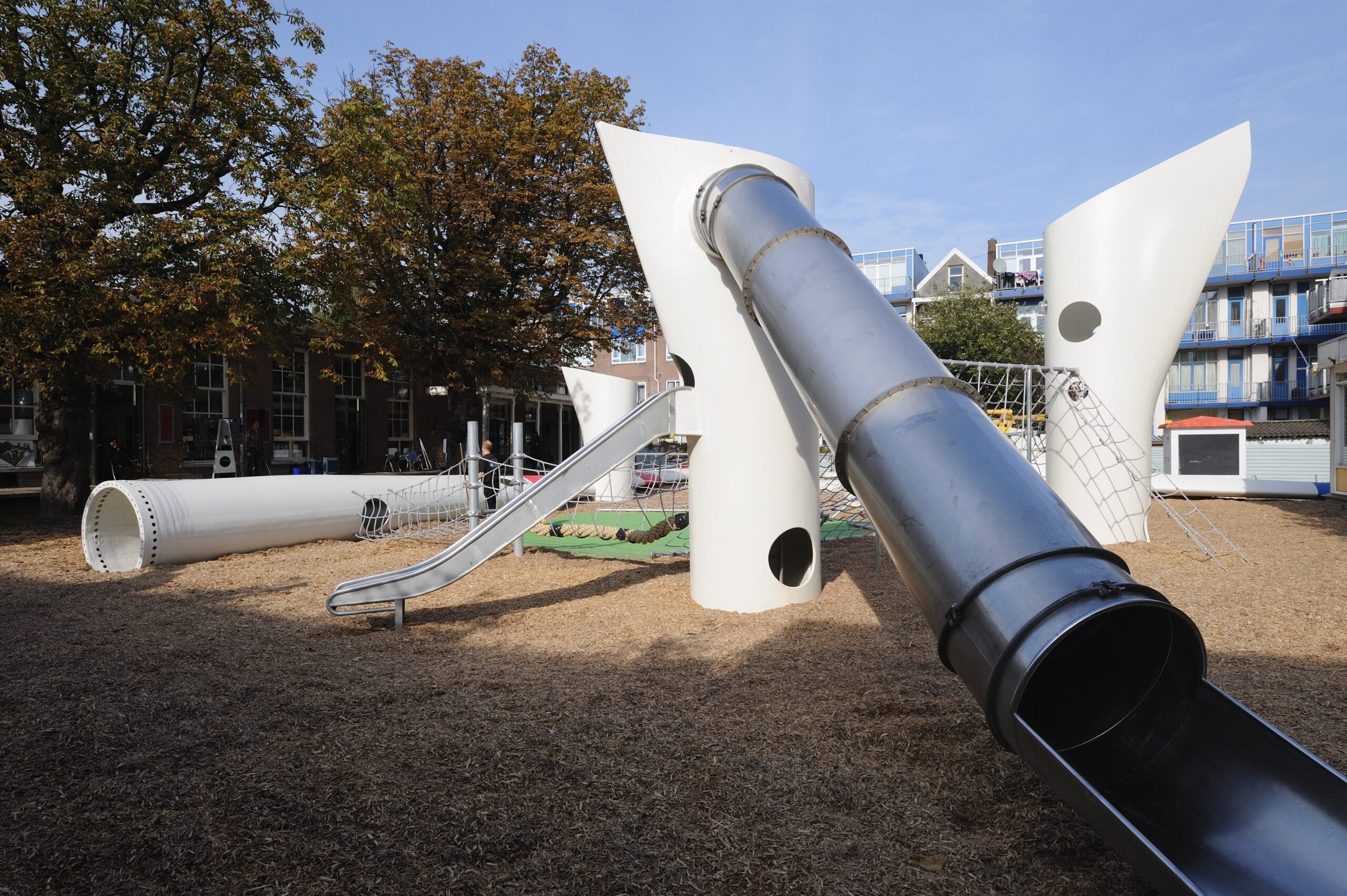
Facilitate their recycling
It’s not a proper reuse method, but making them recyclable helps, too. Although recycling wind blades is still hard, it doesn’t mean that researchers aren’t trying. In fact, separting the different materials from the chemicals that bind them, is still complicated. At Siemens Gamesa, they developed a new resin that makes wind blades easier to recycle at the end of their lifecycle.
Wind blades are generally cast with fiberglass and carbon fiber, then wood or PET plastic serves as a core material. An epoxy resin system binds all materials and components together. Scientists now came up with a new cohesive substance that doesn’t compromise blade performance, but that helps separate fiberglass from plastic once the blade is decommissioned. This way, materials can then be reused again.
The company has already introduced this technology to produce some wind turbines; the first ones are already spinning in an offshore wind farm in Germany. When the time to be uninstalled will come, recycling them will be way easier.





